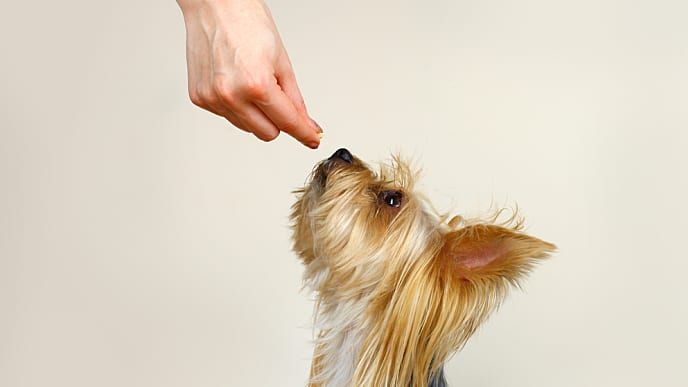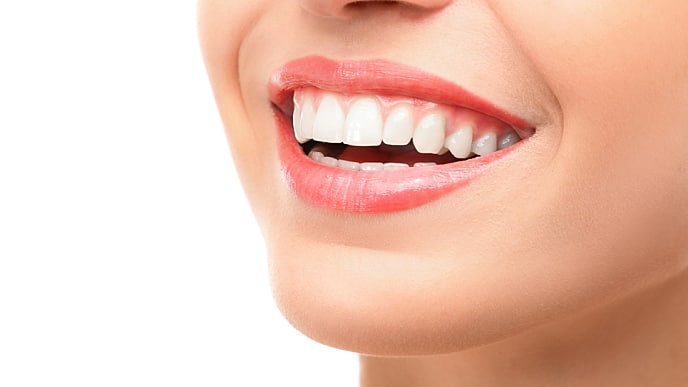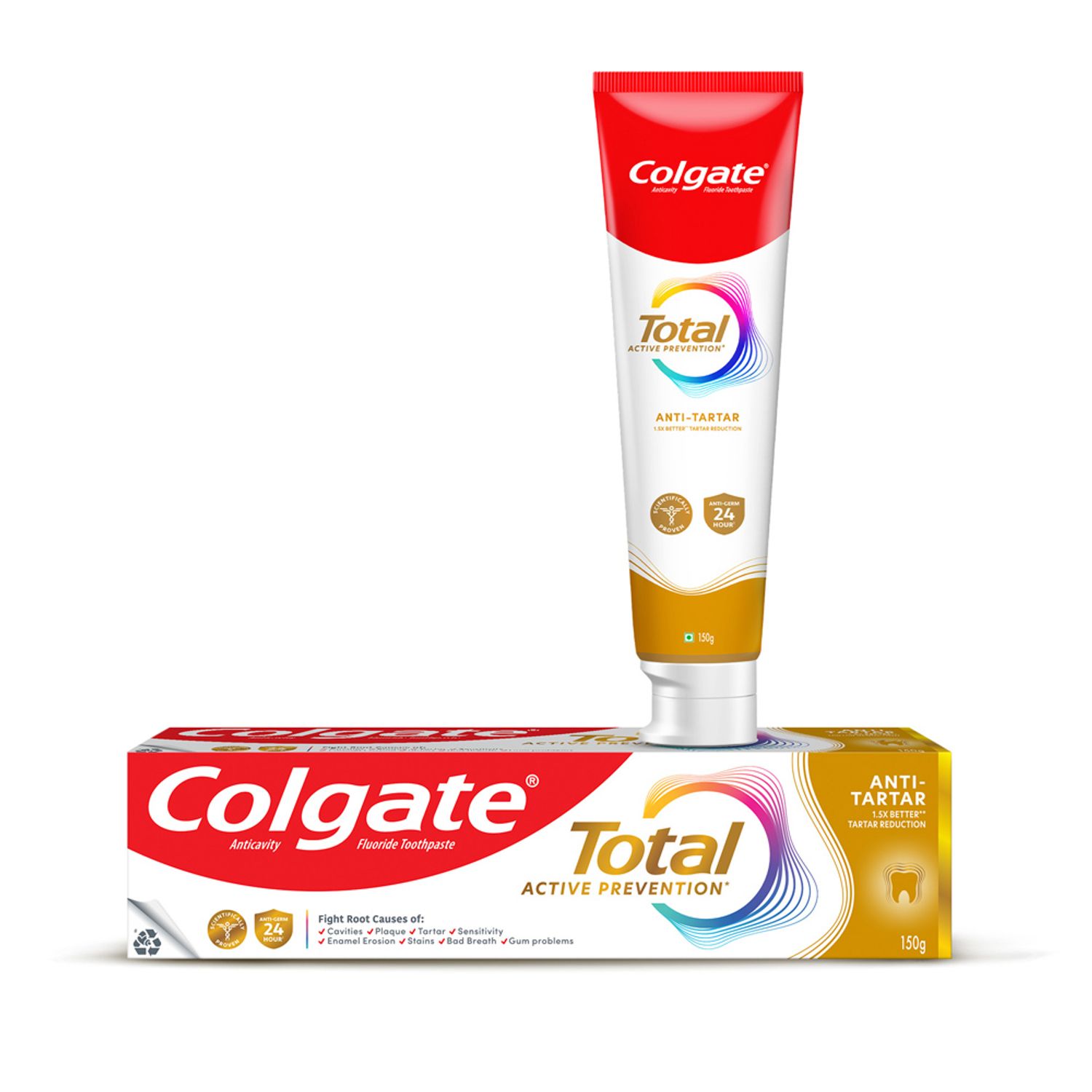-
-

TEETH WHITENING
What Is Stannous Fluoride Toothpaste?Stannous fluoride toothpaste helps prevent cavities, reduce sensitivity, fight plaque, and support daily gum and enamel health.

Selecting Dental Products
Best Toothpaste in India: Five Dentist-Recommended TypesToothpastes today are formulated to meet your every dental need and come in many flavours. Have your dental professional suggest the best toothpaste in India.
-
Science & Innovation
- ORAL HEALTH CHECK
- PRODUCT MATCH
- Colgate® | Toothpaste, Toothbrushes & Oral Care Resources
- Oral Health
- Mouth Sores and Infections 101
- Angular Cheilitis: Symptoms, Risks & Treatment


You might not think of smiling as a painful experience, but it can be if you have angular cheilitis. This inflammation starts off as a patch of dry, red or cracked skin in one or both corners of the mouth. The sensitive skin can even split and bleed if a patient opens their mouth too wide, which can make eating, drinking and talking uncomfortable. This condition can be caused by a variety of factors, from a yeast infection or vitamin deficiency to simple chapped lips.
Symptoms of Angular Cheilitis
Angular cheilitis (also called perlèche, angular stomatitis or cheilosis) often begins when the corners of the mouth stay moist for a long period of time. When the saliva dissipates, dryness and irritation move in. When a person repeatedly licks their lips to alleviate the dryness, the mouth area can dry out even more and crack, allowing bacteria to enter and cause an infection. The moist environment can also allow for fungal growth, resulting in a candida or yeast infection that itches and burns. Mouth patches may also appear scaly, white in color, swollen or blistered.
Risk Factors and Causes of Angular Cheilitis
This condition can affect patients of any age, from babies to the elderly, according to the Indian Dental Association. People who have weakened immune systems from a condition such as diabetes or HIV are especially vulnerable. IDA lists other risk factors, including:
- Excess saliva pooling in the corners of the mouth
- Thumb sucking
- Ill-fitting dentures
Certain genetic conditions, such as Down syndrome and Sjögren's syndrome
Nutritional issues, especially a lack of B vitamins or an iron deficiency
Treatment for Angular Cheilitis
Depending upon the cause, your doctor or dentist may prescribe changes in diet, vitamin supplements or an antibiotic to treat the condition, notes Dermatology Advisor. Don't just put on some lip balm and ignore it. Your health care professional will be able to tell whether your issues are caused by a fungus, bacteria or a more dangerous underlying condition, such as an immune disorder.
Angular cheilitis caused by candida is often treated with a steroid or antibiotic cream the same way as other fungal infections. If you regularly have non-food objects in or near your mouth (such as dentures, cigarettes or braces), good oral hygiene can help keep your lips and mouth clean and free from infection. Try to keep your lower face dry and wear lip balm with SPF protection in especially cold, dry or sunny weather.
It is best to visit a doctor or dentist as soon as possible to get this type of infection treated properly. Early treatment can help clear up an infection or symptoms in as little as a few days, so do not waste time waiting to smile again!
This article is intended to promote understanding of and knowledge about general oral health topics. It is not intended to be a substitute for professional advice, diagnosis or treatment. Always seek the advice of your dentist or other qualified healthcare provider with any questions you may have regarding a medical condition or treatment.
ORAL HEALTH QUIZ
What's behind your smile?
Take our Oral Health assessment to get the most from your oral care routine
2.3 billion
people worldwide suffer from tooth decay
ORAL HEALTH QUIZ
What's behind your smile?
Take our Oral Health assessment to get the most from your oral care routine
2.3 billion
people worldwide suffer from tooth decay
Related Products

Helping dental professionals
More professionals across the world trust Colgate. Find resources, products, and information to give your patients a healthier future










